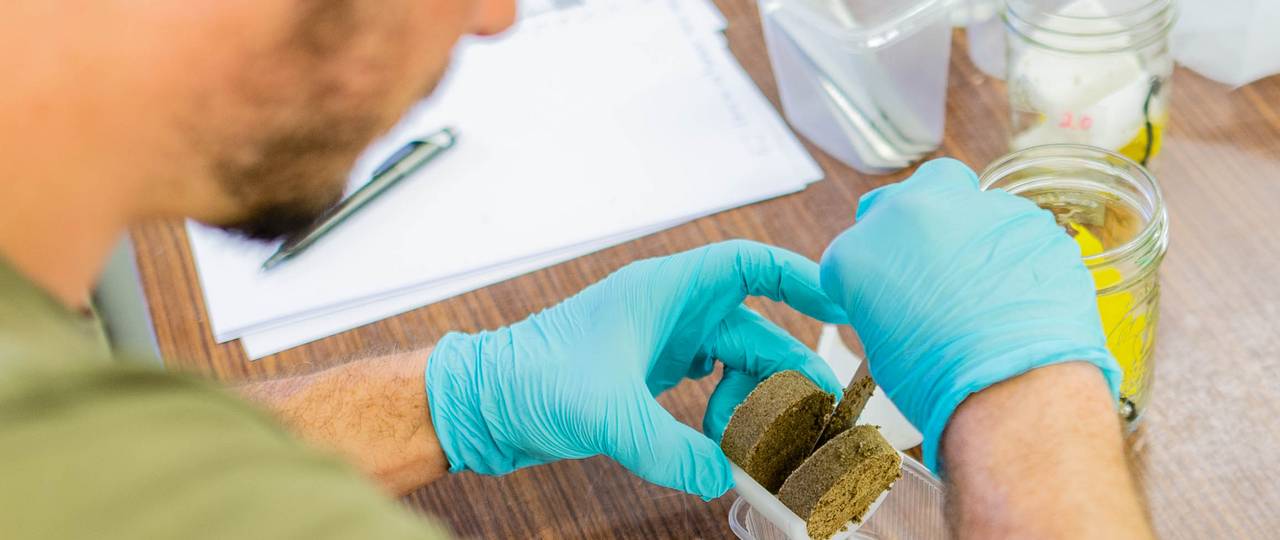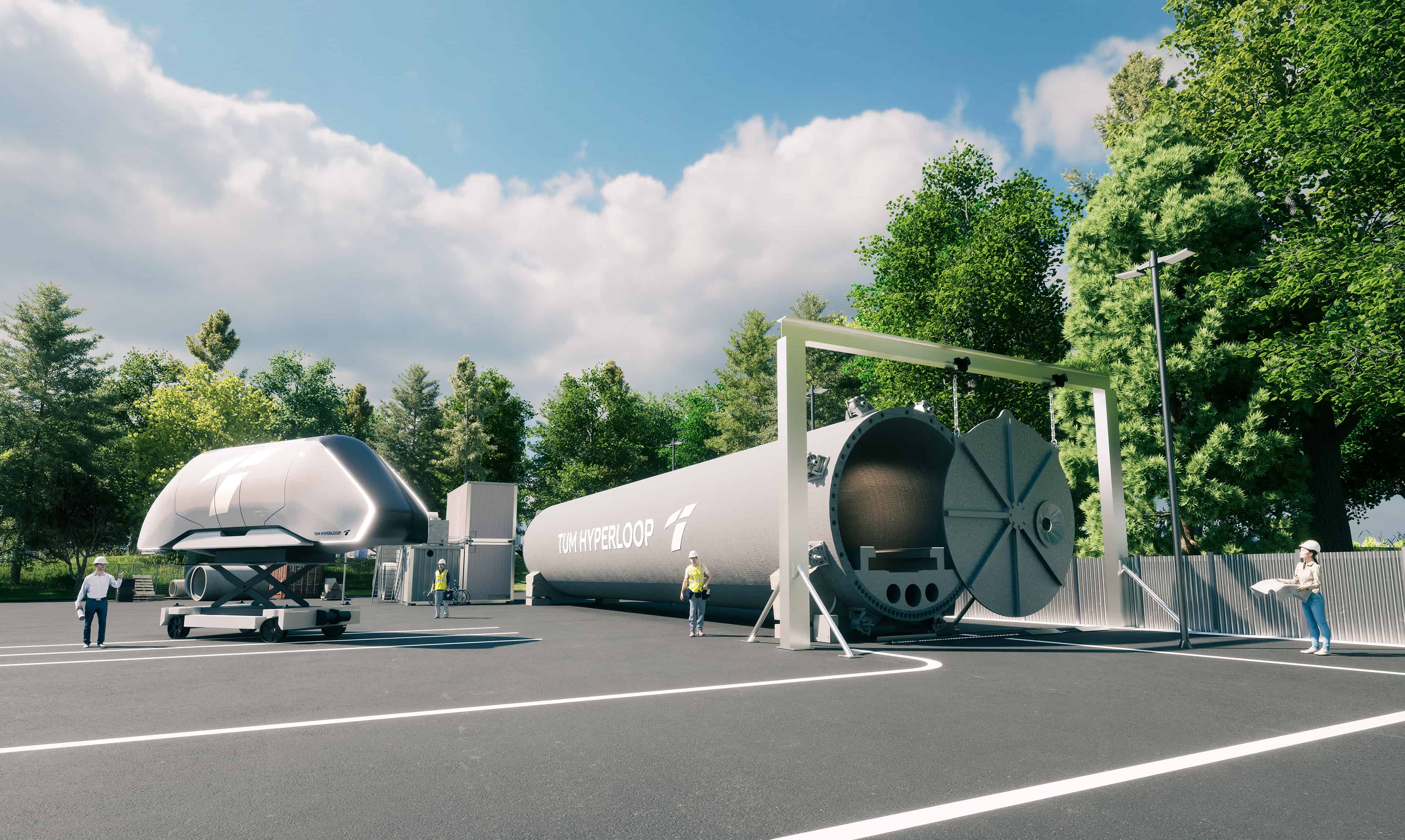
A new study carried out by the Technical University of Munich (TUM, Germany) and several other international institutes may be able to help agriculture improve its CO2 balance. What the researchers have found out is that dead plant material can make a much greater contribution to the capture of carbon dioxide in the earth’s soil than previously assumed.
In other words, it comes down to the interplay between plant waste and the moulds and fungi that break it down. It was already known that this process traps CO2 in the soil, just not to this extent. Moreover, the biggest surprise of the study is that this happens also deep down into the soil, not just near the surface.
In het lab
“Remains of dead plants are often seen as fast food for bacteria and fungi in soil. We have shown that the plant residues actually play a much larger role in the formation and storage of CO2 in the soil than previously thought,” Kristina Witzgall, a scientist at TUM’s Faculty of Soil Science, said in a press release.

During the study, the researchers mimicked the natural decomposition process of plant residues in the laboratory. They did this in order to analyze exactly how CO2 is stored in the soil. The plant residues were mixed into the soil material and then stored in cylinders for this purpose. Following a three-month incubation period, the researchers analyzed the chemical processes using a special imaging technique that made even the most miniscule details visible.
Using white threads to glue CO2 in place.
“The fungi wrap their white threads around the plant remains and ‘glue’ them to the soil, so to speak. Then the fungi eat the CO2 in the plants and store it in the soil,” Carsten Müller explains. He is a professor at the University of Copenhagen and one of the co-authors of the study.
Based on the research results, Müller believes and advocates: “Plant residues are an absolutely central part of CO2 storage, they can help store CO2 in the soil for longer. That’s why we should use them much more effectively in the future.”
The following step
Subsequent studies should therefore focus on this, Müller asserts. One of the key questions concerns how deep into the soil the fungi are actually active. If the conditions for CO2 storage in the soil can be optimized, then according to him, this could potentially lead to the storage of 0.8 to 1.5 gigatonnes of CO2 per year.
As a comparison, the world’s population has emitted 4.9 gigatonnes of carbon per year over the past 10 years. As such, this could be massive.
Also see our CO2 archive.







